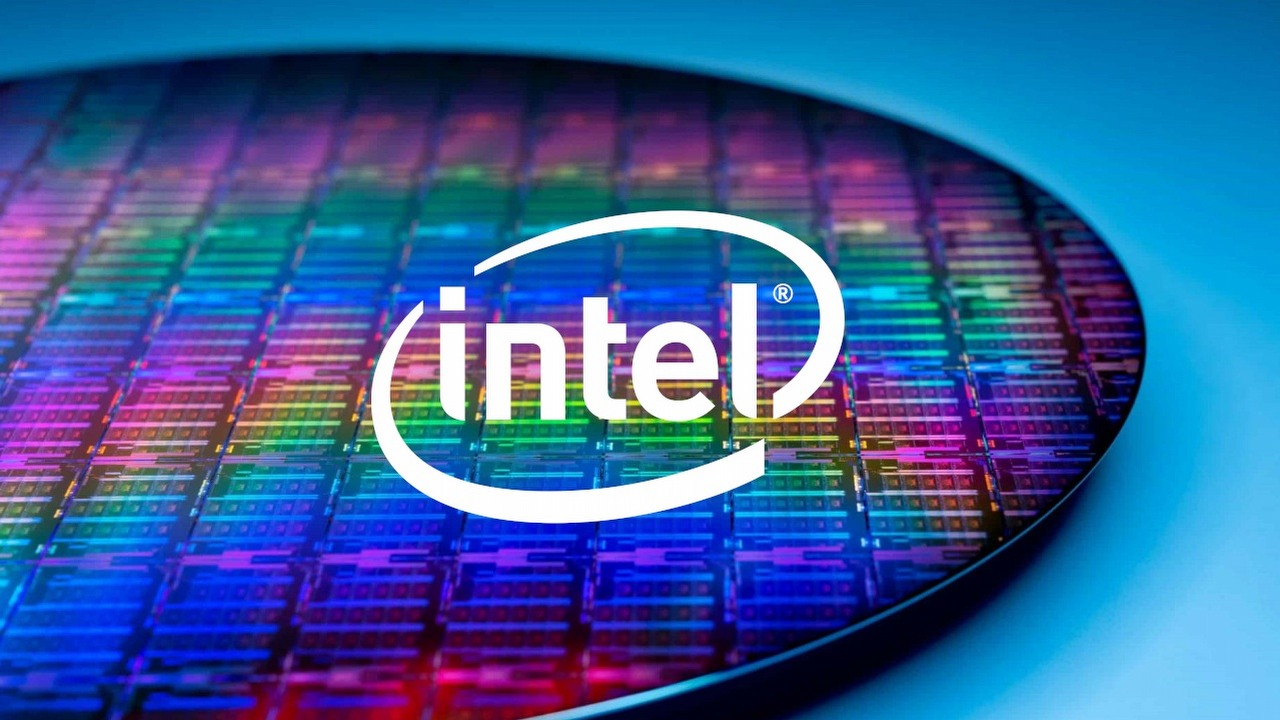Intel Changes the Rules of the Game; Forget About Nanometers
Intel is changing the rules of the nanometer race. It stops using this measure in naming lithographic processes. After „10nm”, the next step in technology development is simply „Intel 7”.

- Intel switches nanometers in lithography names to conventional values - Intel 7, Intel 4, etc.
Intel's processors made based on the 10nm lithographic process may be the last for which nanometers are used when specifying the technology. The Santa Clara giant is abandoning nomenclature using that unit. Instead, the next steps in chip miniaturization will be called Intel 7, Intel 4, Intel 3 and Intel 20A. Now how do we compare these to the 7nm and 7nm+ lithographies that AMD uses?
Originally, the name of the technology process in which a processor is made, generally corresponded to the size of the transistor or the width of its gate. That may have been the case back in the late 1990s, but as the race for miniaturisation began between the two main CPU competitors, AMD and Intel, nanometres quickly drifted into the realm of the rather conventional, or even abstract.
Users began to recognize the importance of these numbers when purchasing a CPU, right alongside GHz and the number of cores (and threads). They understood that the lower the number, the better the power to energy ratio of their CPU would be.. Manufacturers took advantage of this by naming lithographic processes in a purely commercial way, giving an overall picture of the ratio of chip size to transistor count and power consumption to performance.
Thus, for example, AMD's "14nm" processor has a gate fin to gate width of actually 42nm. Nowhere in the exact chip specs does the 14nm dimension appear. Perhaps this is why Intel is changing its approach to naming and dropping nanometers. The table below will give you a better understanding of Intel's new lithography naming plan (source):
Old name | New name | Energy gain | CPU generation | Technology | Start of production |
Enhanced SuperFin | Intel 7 | 15% | Alder Lake | FinFET | In production |
7nm | Intel 4 | 20% | Meteor Lake | EUV lithography | Q2 2021 |
- | Intel 3 | 18% | ? | EUV Lithography | 2023 |
- | Intel 20A | - | ? | RibbonFET | 2024 (?) |
The enigmatic term "20A" in this case stands for angstroms. This is a unit equal to 0.1nm. The number 20 could therefore stand for 2nm, but also indicates that further development of the technology, compared to the nanometre nomenclature, will take place in tenths of its. Perhaps now it will be more difficult to compare Intel processors to AMD, at least in terms of lithographic performance. When choosing a CPU model in terms of energy efficiency, it is better to consider benchmarks and claimed power consumption (or test results) rather than trusting nanometers (or angstroms) in the name.
- Intel - official website
- Intel's New CPU Significantly Faster Than Ryzen; Alder Lake CPU Benchmark Leaked
- TSMC Made Great Progress With 1nm Chips
0

Author: Arkadiusz Strzala
His adventure in writing began with his own blog and contributing to one of the early forums (in the olden days of Wireless Application Protocol). An electrical engineer by profession, he has a passion for technology, constructing and, of course, playing computer games. He has been a newsman and writer for Gamepressure since April 2020. He specializes in energy and space tech. However, he does not shy away from more relaxed matters every now and then. He loves watching science-fiction movies and car channels on YouTube. He mainly plays on the PC, although he has modest console experience too. He prefers real-time strategies, FPS and all sorts of simulators.
Latest News
- James Bond doesn't have high requirements. We know what hardware you'll need to play 007 First Light in 1080p
- Amazon Prime Gaming for January 2026 with 10 games. Civ 6 and a slasher inspired by Dark Messiah of Might and Magic in the offer
- Xbox Game Pass for the first half of January 2026 with 11 games. The list doesn't lack high-profile titles
- It beat The Witcher 3 and The Last of Us 2. Clair Obscur: Expedition 33 broke into the GOTY podium of all time
- Cyberpunk 2077 dev explains why extending Act 1 would kill the game. „We always planned it that way”

